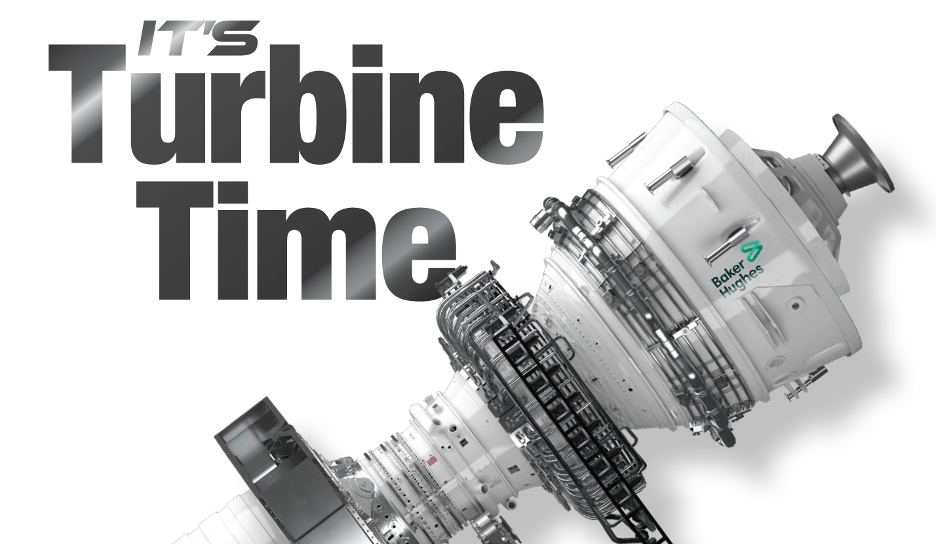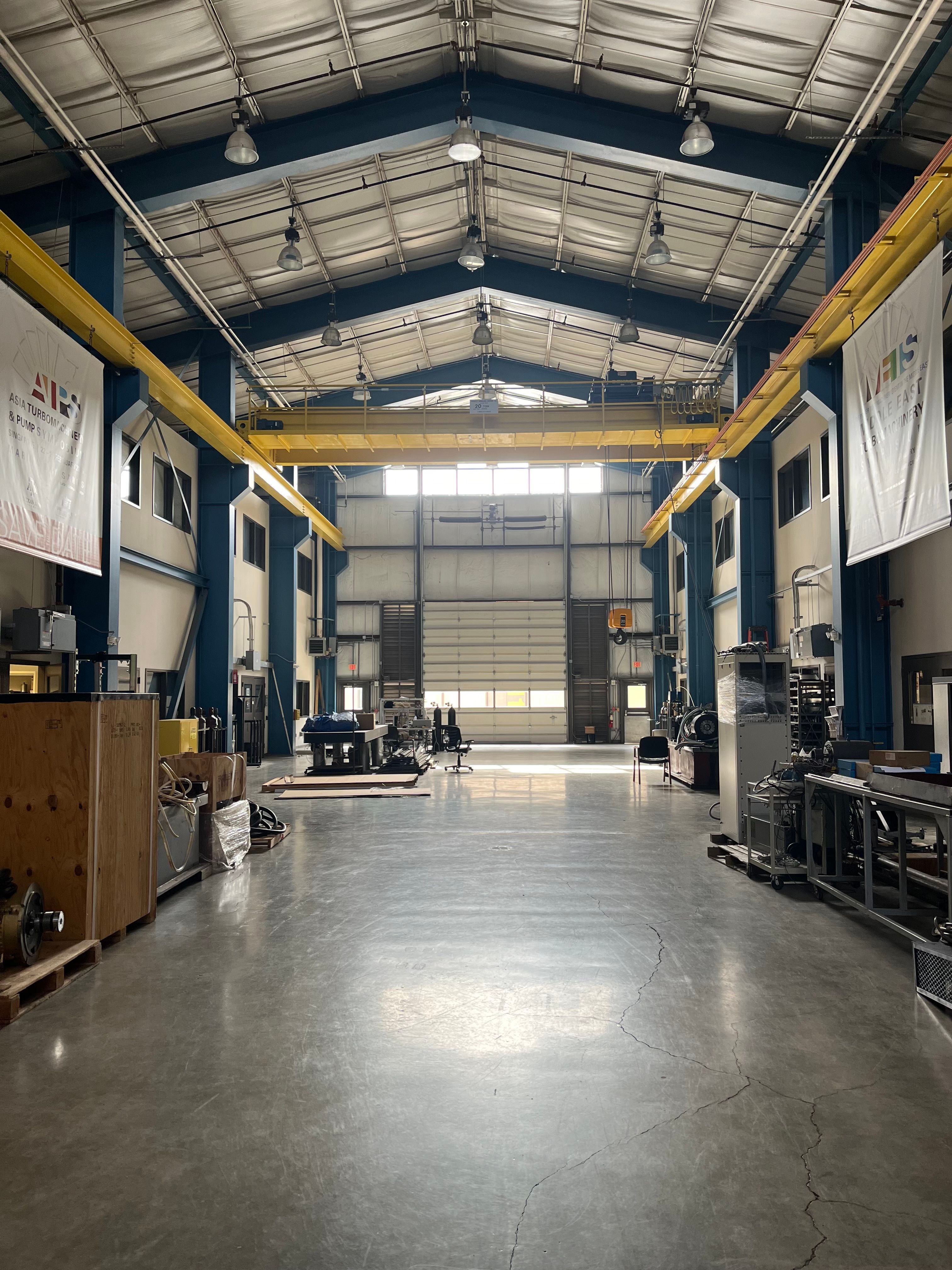Article
Turbomachinery Piping Design
Author(s):
DEAD WEIGHT BALANCE AT AMBIENT CONDITION
Dead weight balance at ambient condition is a best practice that addresses the optimum piping design, support arrangement and layout configuration for turbomachinery.
Turbomachinery piping should always have plenty of flexibility.
On the other hand, the support system should be designed with a high degree of stiffness. Therefore, application of commonplace piping practices could lead to real problem areas such as:
- Support selection based on thermal displacement
- Too much flexibility in the support system
- The dead weight balance at operating condition approach.
In typical plant piping, the types of the support are usually selected based on the amount of vertical thermal displacement that is expected at the support location. Rigid supports, therefore, are often used when displacement is small. Variable springs are employed for a medium displacement.
Constant-effort supports are used when displacements are great. The practice seems logical at first. However, a problem can arise for turbomachinery piping systems when this method is used.
The use of spring- and constant-effort supports (non-rigid supports), for example, can create far more problems than rigid supports. The key point is that a misapplication of rigid support will be detected as soon as stress analysis is performed. On the other hand, stress analysis of non-rigid supports would not readily indicate any misapplication. So non-rigid supports should be used with great care. If non-rigid supports are used where not really needed, the result can be a piping-support system with unnecessarily flexible supports which is too expensive, unreliable, inherently unstable and vulnerable to various dynamic and vibrational excitations.
For example, some engineers perform free thermal movement analysis and use a flexible support (spring supports, snubbers, and so on) for all support points with a displacement above 75 mm. Aside from high cost, this design may pose no problems at first glance. A computer stress analysis shows perfect results.
However, this piping-support system is unstable and vulnerable to dynamic issues and operational problems. This design will prove problematic on-site during commissioning and startup (when the travel stops are removed), because the actual piping system weight is different (usually heavier) compared to the theoretical assumptions. Whether the actual weight is heavier or lighter compared to the theoretical values, a field adjustment is not possible for numerous flexible supports.
This flexible support system design is unable to absorb the uncertainty because of manufacturing tolerances, calculation simplicity and other possible errors. Also this too-flexible support system is unstable. It always vibrates and sooner or later fails. Flexible supports, then, should only be used where absolutely necessary. Otherwise, rigid supports should always be provided to absorb load uncertainties (fabrication tolerances, analysis inaccuracies, and so on) and to control various instabilities.
The best alternative is to completely absorb the dead weight of turbomachinery piping by suitable supports at ambient condition.
In turbomachinery that works at very high or very low operating temperatures, spring supports are sometimes set in a way that the spring force and the piping system dead weight balance out each other under operating conditions. Engineers who use this method argue it is important to minimize operating stresses. Another possible reason might be that insufficient flexibility of the piping system leads designers to use this method to decrease the nozzle load at operating conditions.
The dead weight balance at the operating condition approach is a well-known practice of general piping design. However, this approach should not be used for a turbomachinery piping design.
By adopting this method, spring supports have to be locked in place during installation. This makes installation, spool fit-up, piping adjustment and assembly inspection extremely difficult. In practical terms, it is almost impossible to properly adjust the piping-support system.
In addition, the locks (or stops) should be removed when the system is ready for operation. In many cases, however, severe twisting and jerking occurs when these stops are removed.
The dead weight balance at operating condition approach nearly always results in applying unpredictable and very high loads on turbomachinery. Alignment problems (and in some cases, serious damage) have been reported as result of this practice. Therefore, a more reliable approach is needed.
The best alternative is to completely absorb the dead weight of turbomachinery piping by suitable supports at ambient condition. This is known as the dead weight balance at ambient condition approach. The fit-up of piping is normally done with the spring supports unlocked. Installers can therefore keep adjustment of spring loads to bring turbomachinery nozzle loads to a minimum.
In this way, the piping load at ambient condition is almost zero, although some load is expected under operating conditions. This load, however, is highly predictable. The dead weight balance at ambient condition approach will make field adjustment and operation much easier.
Newsletter
Power your knowledge with the latest in turbine technology, engineering advances, and energy solutions—subscribe to Turbomachinery International today.




